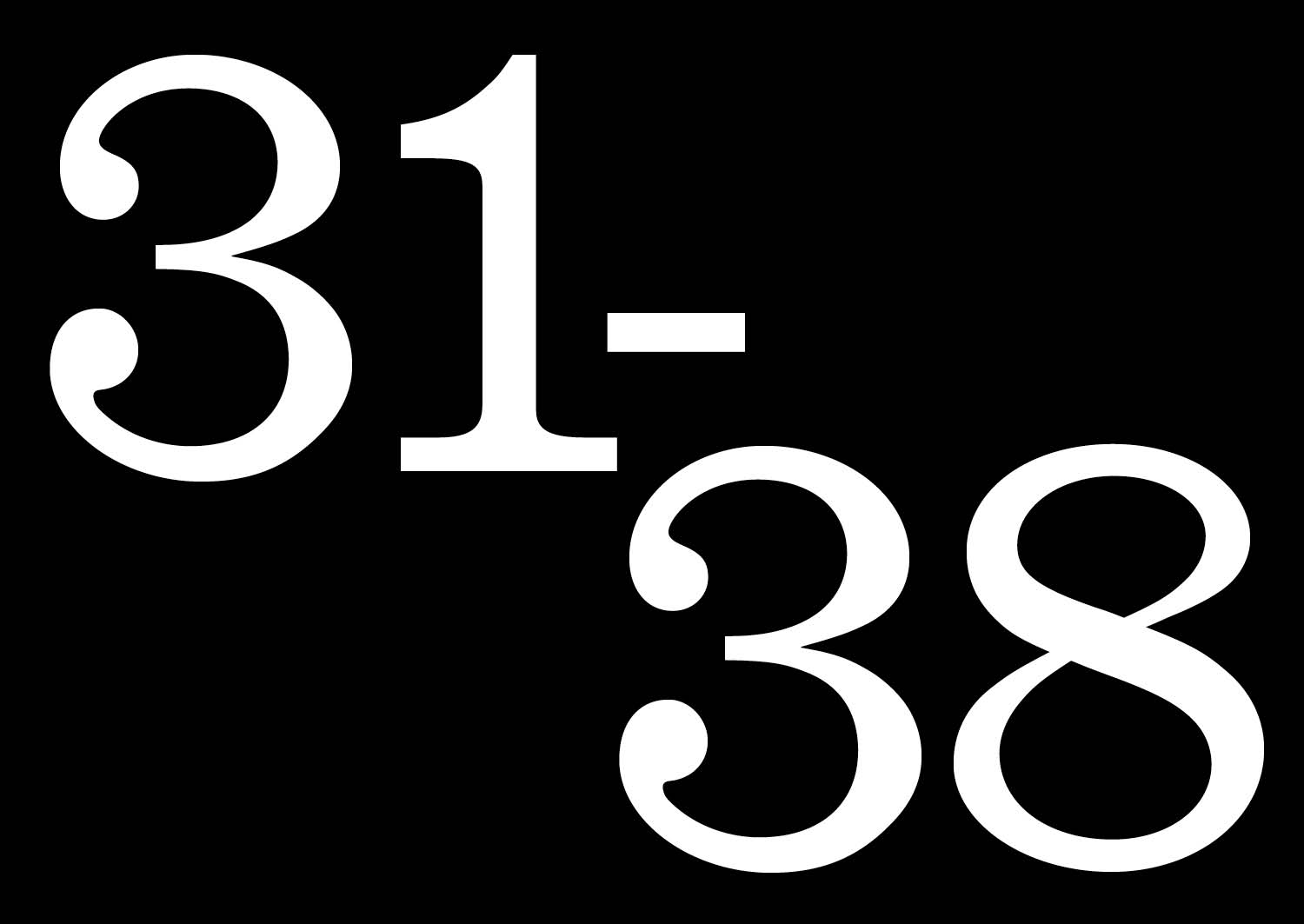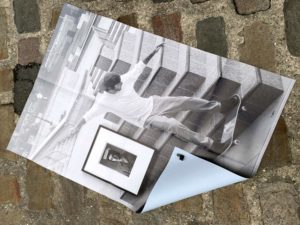Order Subscription, 31st to 38th issue

Issues 31, 32, 33, 34, 35, 36, 37 & 38
8 × 20 pages and sometimes more
21 × 29,7 cm, CMYK
Design: Syndicat
2021-2022
Order Subscription, 31st to 38th issue
Issues 31, 32, 33, 34, 35, 36, 37 & 38
8 × 20 pages and sometimes more
21 × 29,7 cm, CMYK
Design: Syndicat
2021-2022
Jonathan Monk, «Exhibit Model Four», 2019 Kindl, Berlin. Photographie: Jens Ziehe. Affiche A1 imprimée en CMJN sur papier dos bleu, exemplaire signé par l’artiste (1/25)
n°03 — A monograph: Recollected Work by Mevis & van Deursen. Author: Étienne Hervy
Sold out
Author: Étienne Hervy.
20 pages, 21 × 29,7 cm, CMYK
22th November 2017
ISBN: 979-10-95991-04-5
ISSN: 2558-2062
Sold out
Author: Étienne Hervy.
20 pages, 21 × 29,7 cm, CMYK
22th November 2017
ISBN: 979-10-95991-04-5
ISSN: 2558-2062
In 2006, the publisher Artimo entrusted Linda van Deursen and Armand Mevis with the editorial direction and the Graphic Design of their own monograph, Recollected Works. Joined by Paul Elliman in writing the texts, the two Graphic Designers responded with an approach similar to that which they adopt when they accompany other artists and photographers in the creation of books whose relevance has largely contributed to the studio’s reputation. Mevis and van Deursen propose to the reader to experience their work in operation, rather than simply contenting themselves with the reproduction of the work presented as artworks in themselves. Rather than the nostalgia for a more or less formalized organization of their previous projects, the two Graphic Designers look at their previous work as the material for an autonomous project from which this book will emerge.
Such a choice directly raises the question of the constitution and transmission of a culture inherent to Graphic Design, whether it isspecifically aimed at designers or else at a much wider audience. How to transmit the issues and points of quality of a discipline itself dedicated to transmission? One must above all recognize the capacity of this eminently visual field to confront appearances.
Our study of this work will obviously reference a corpus of monographs and publications made by Graphic Designers (Christophe Jacquet, Joost Grootens, M/M (Paris), Karel Martens, Experimental Jetset, Wolgang Weingart, etc.) while at the same time looking more widely at the forms currently adopted for the transmission of Graphic Design (exhibitions, conferences, etc.). Beyond the issues discussed and the questions raised by Recollected Works, it is a matter of both pulling on the thread of the work of Mevis and van Deursen (does a continuity exist between the editorial design of Why Mister, Why? for Geert van Kesteren or the Library Of The Museum Museum of Contemporary African Art for Meschac Gaba, and the identity of the Stedelijk Museum?) and questioning the pertinence of a discourse specific to Graphic Design.
Jonathan Monk, «Exhibit Model Four», 2019 Kindl, Berlin. Photographie: Jens Ziehe. A1 format poster printed in CMYK on blue back paper, 25 copies signed by the artist
